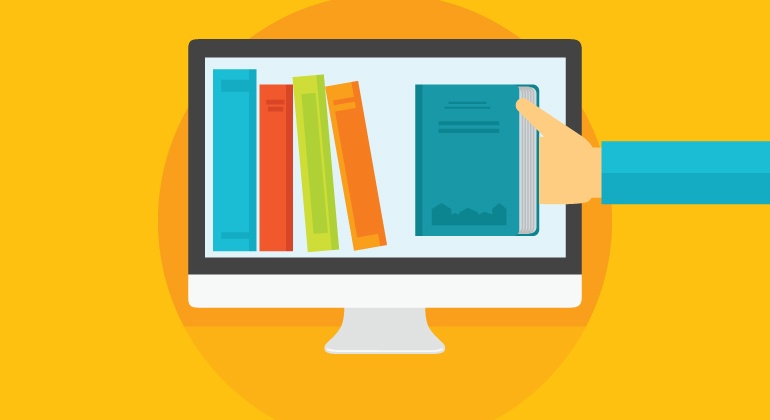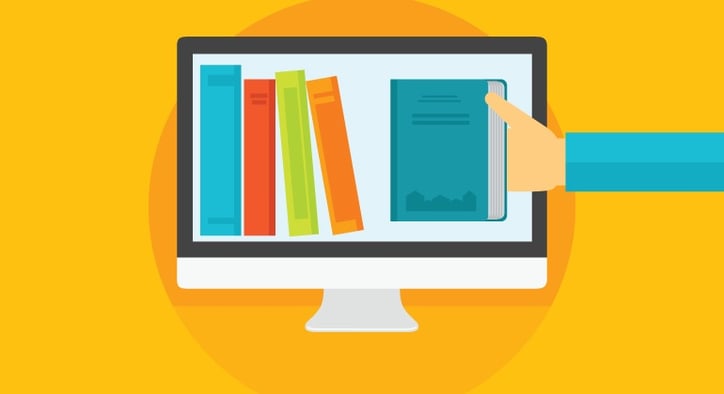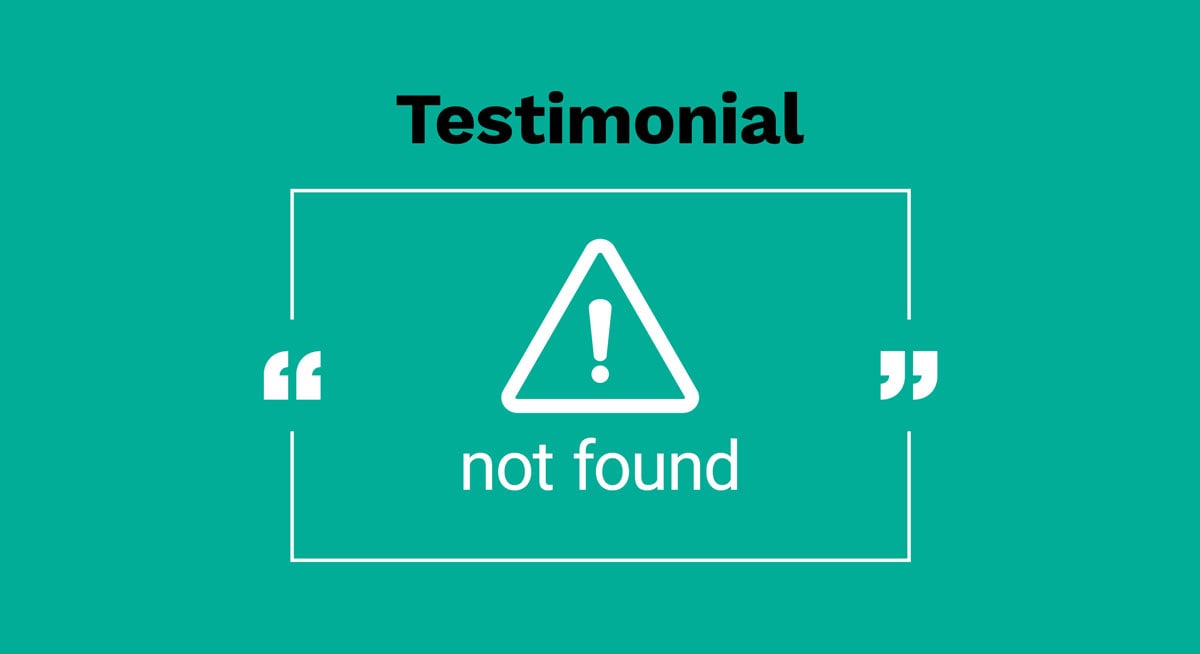Six Considerations for Using eBooks in Your Marketing Strategy

June 19, 2025
 Downloaded an eBook lately? Most likely, if you’re a B2B buyer, you have. According to recent studies, B2B professionals request eBooks more than any other content type and 67% use eBooks to help them make purchase decisions. As a matter of fact, white papers, eBooks and webinars were the top three most valued content sources, indicating that longer stories are resonating with customers and prospects.
Downloaded an eBook lately? Most likely, if you’re a B2B buyer, you have. According to recent studies, B2B professionals request eBooks more than any other content type and 67% use eBooks to help them make purchase decisions. As a matter of fact, white papers, eBooks and webinars were the top three most valued content sources, indicating that longer stories are resonating with customers and prospects.
So, how can you develop an eBook that’s an effective marketing tool? Keep these six things in mind.
1. People want educational content.
eBooks make great marketing tools when used correctly. First, make your content engaging and informative—skip the hard sell. The very nature of the word “book” implies that you have a story to tell or valuable information to share. This is your chance to position your company or service as helpful and knowledgeable, which helps you win points with prospective customers.
2. Statistics are a powerful way to support content.
Remember to include facts and statistics in your eBooks. This can be a smart marketing tactic to demonstrate the need for your product or service and why the prospect should consider it. Research shows that B2B buyers love benchmarking information that illustrates how they compare to peers and industry standards.
3. Fun + interactive = memorable.
Take advantage of the longer form an eBook gives you to make your brand engaging and give it more personality. Stay within your branding guidelines, but consider giving your eBook a theme, or “look.” Ideas are endless, including a map or travel theme, a play on game shows, movies, or even popular books. The idea is to make the reader want to stay with your book, absorbing the content while appreciating your creativity. Including interactive elements, such as a poll, ROI calculator, or video, is a great way to build engagement and make the viewer's experience memorable.
4. Design is critical.
This leads us to a very important step: Make sure the book is well-designed. Think through how much content is on each page (pro tip here—less is more when it comes to the amount of copy per page), how visuals help tell the story and what the visuals should look like, and remember to use charts and graphs liberally. In addition, make use of sidebars to help organize the content and highlight important points. And don’t forget to have a Table of Contents to help the reader understand the structure of the book and how to quickly find information.
5. It needs to be mobile responsive.
Remember that even for B2B buyers, the world has gone mobile, so don’t assume, and don’t design eBooks for desktop viewing only. Over 80% of B2B respondents in a recent survey cited viewing business-related content on smartphones, and over 50% viewed content on a tablet. Like everything else you do online, make sure your content is optimized to work across all platforms.
6. A long form will deter prospects.
Finally, decide what to ask for on the landing page form people will need to complete in order to download your eBook. Remember, people are hesitant to provide personal information, so keep the form short. Typically, it's best to just ask for a first and last name and email. Utilize marketing software such as HubSpot to track the information you collect, and as the prospect moves through your sales funnel, you can ask for more information. This information will be valuable as the prospect becomes ready to complete the purchase.
eBooks are an important marketing tool, but require thoughtful planning and strong execution to work well—just like every other marketing tactic! And oh, by the way, is it “eBook,” “ebook,” or “e-book?” Well, according to the AP Stylebook, it’s “e-book,” but we like the way “eBook” looks, so we went with that.





